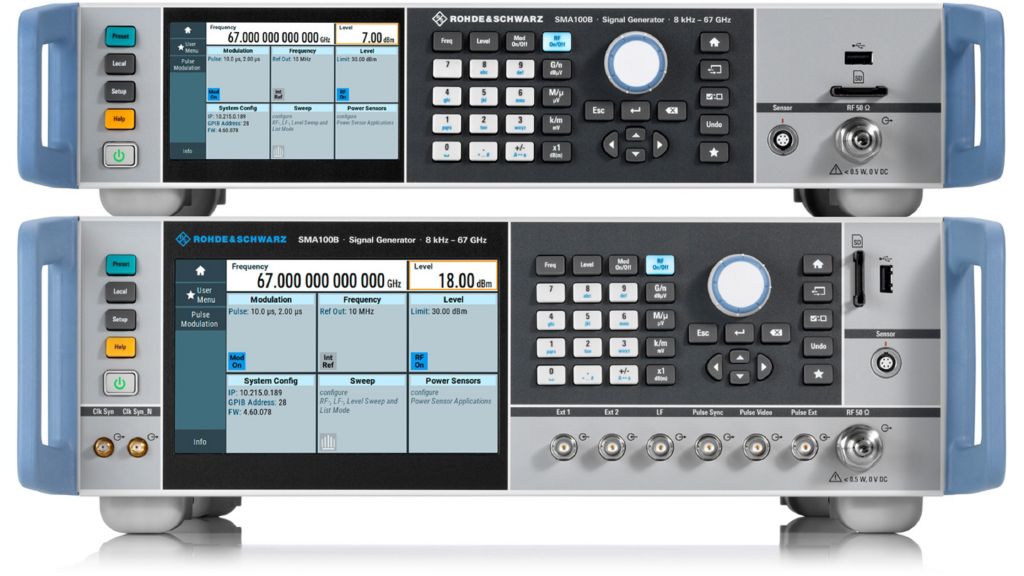Choosing the right signal source for reliable measurements
The primary goal when measuring a DUT is that the parameters to be measured are ideally unaffected by ambient conditions and unwanted influences from the test setup. While environmental influences are easier to compensate, more effort may be required on the test setup side. This article, originally printed in Microwave Journal, examines on three typical measurements how the signal source can degrade measurement accuracy, often without the user realizing the unwanted effects.
In principle, test and measurement setups are often similar. A signal source provides the input signal to the DUT, and the output is measured with a spectrum analyzer, network analyzer or alternatively a power sensor. For a first quick test of the DUT performance, it may be sufficient to simply wire this setup and record the measurement. But the more precise data is required the more effort must be spent. Under certain circumstances, for example, losses or even S-parameters from the test fixture must be considered. And last but not least, the performance of the T&M instrument itself must be considered (e.g. phase noise, power supply noise, etc.).
This article examines the role of the signal source within the test setup in terms of unwanted influences to show that an "unsuitable" signal source can never lead to useful measurement results. Based on specific measurement examples, it is presented that the real DUT performance can only be determined with a "suitable" signal source. All measurements are carried out with Rohde & Schwarz T&M instruments of the highest performance class in order to obtain meaningful measurement results, that are not falsified by the test instrument itself.
To support this claim, three different components or modules were selected as DUTs to carry out three typical measurements: harmonic measurement, compression point measurements and SSB PN (Single Sideband Phase Noise) measurements. Each time, the performance of the signal source is measured alone, and its influence on the measurement result is presented and discussed. This make it easy to understand how the real DUT performance can be hidden by unwanted factors such as insufficient harmonic suppression of the signal source.





